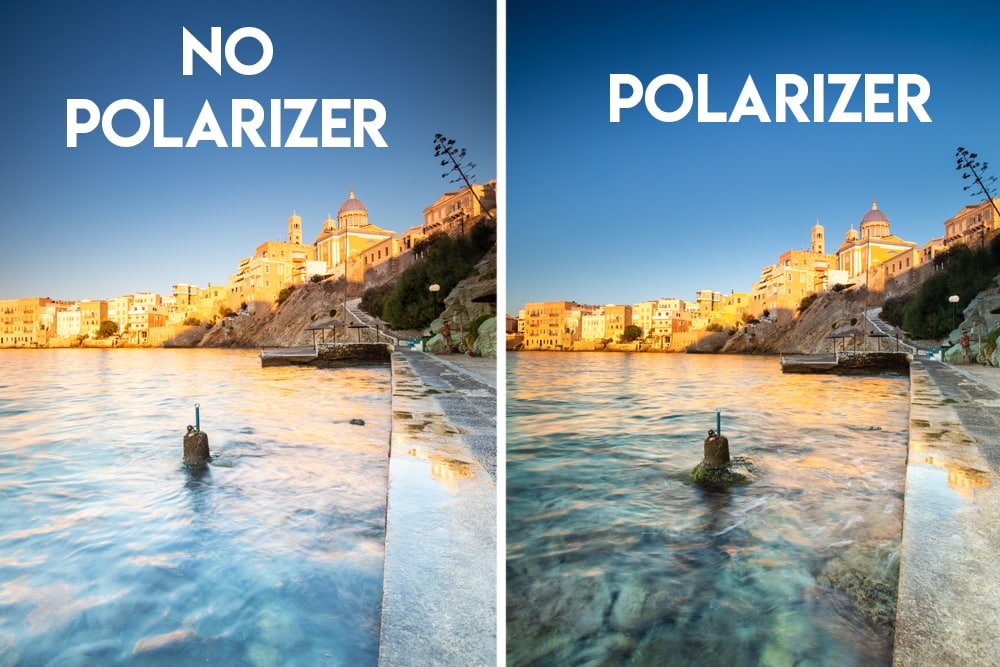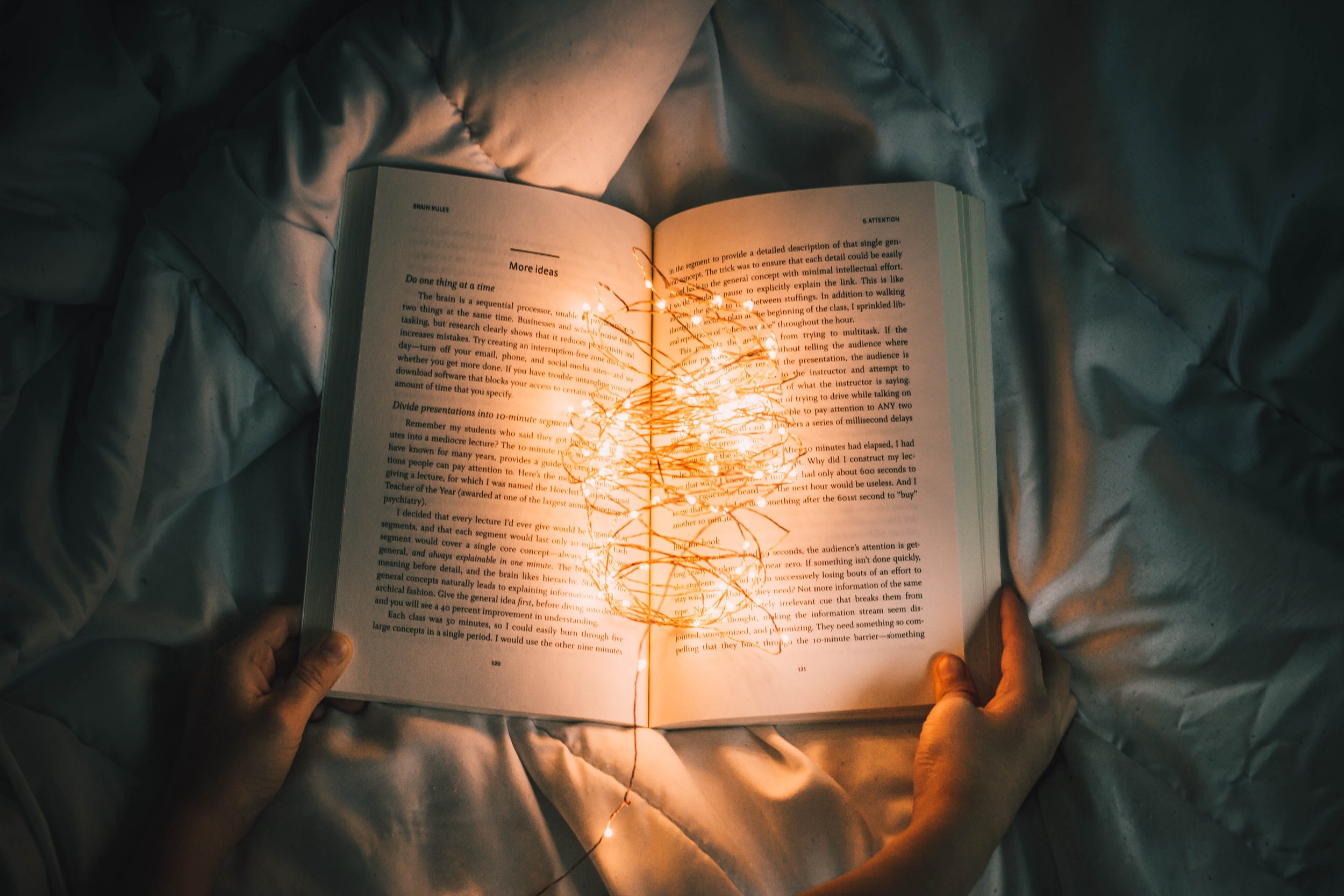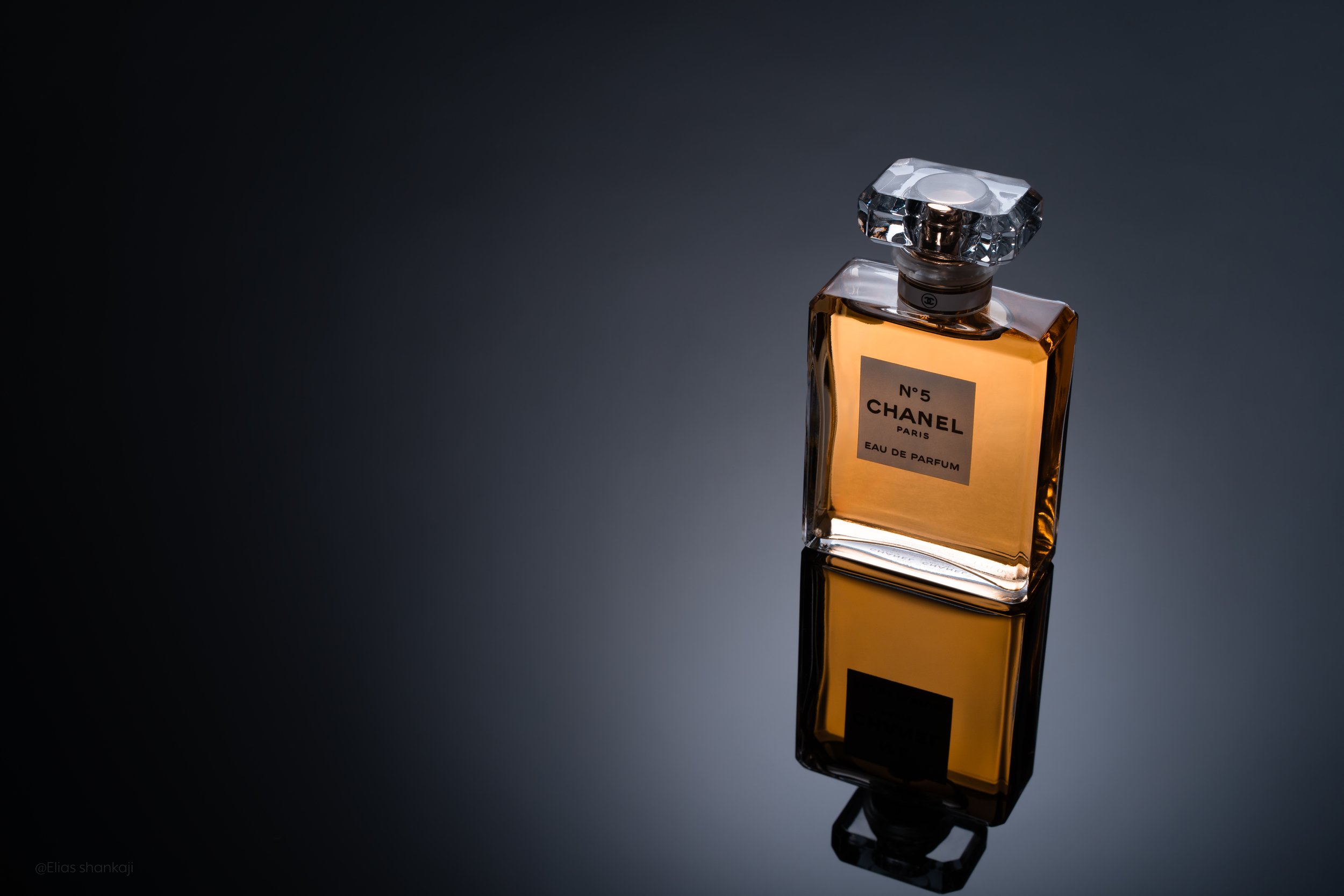Filtering Your Way to Stunning Photography: A Guide to Using Filters in Photography
Photography is an art form that allows individuals to capture moments and memories that they want to cherish for a lifetime. While the advancement of technology has made it possible for us to take high-quality photos with just a click of a button, it is important to remember that there are other tools that can be used to enhance the quality of our photos. One such tool is the use of filters.
Filters are pieces of glass or plastic that can be attached to the front of a camera lens to alter the way the camera sees and records an image. There are several different types of filters available, each with their own unique purpose and effect. In this blog post, we will explore the different types of filters and how they can be used to create stunning photographs.
UV Filters
One of the most common filters used in photography is the UV filter. This filter is used primarily to protect the lens from dust, moisture, and scratches. It is also known to reduce the appearance of haze and improve image clarity in certain lighting conditions.
Polarizing Filters
Polarizing filters are another popular type of filter used in photography. These filters are designed to reduce glare and reflections in images. They work by filtering out polarized light, which can often cause unwanted reflections on surfaces such as water, glass, or metal. Polarizing filters can also enhance the color saturation and contrast in photos, making them particularly useful for landscape and nature photography.
Neutral Density Filters
Neutral density filters are used to reduce the amount of light that enters the camera lens. These filters are particularly useful in situations where there is too much light, such as when photographing in bright sunlight. By reducing the amount of light that enters the lens, neutral density filters can help to slow down the shutter speed, allowing for longer exposures and creating motion blur in images.
Graduated Neutral Density Filters
Graduated neutral density filters are similar to regular neutral density filters, but they are designed to reduce the amount of light in specific areas of the image. These filters are often used in landscape photography to balance the exposure of the sky and foreground. By darkening the sky portion of the image, graduated neutral density filters can help to create a more balanced exposure, resulting in a more pleasing image.
Color Filters
Color filters are used to alter the color balance of an image. They can be used to enhance or change the natural colors of a scene, or to create a more dramatic effect. For example, a red filter can enhance the colors of a sunset, while a blue filter can create a cooler, more dramatic effect.
In conclusion, filters are an essential tool in the world of photography. Whether you are a professional photographer or a hobbyist, there is a filter available that can help you to capture stunning images that are sure to impress. By understanding the different types of filters and how they can be used, you can take your photography to the next level and create images that truly stand out.









